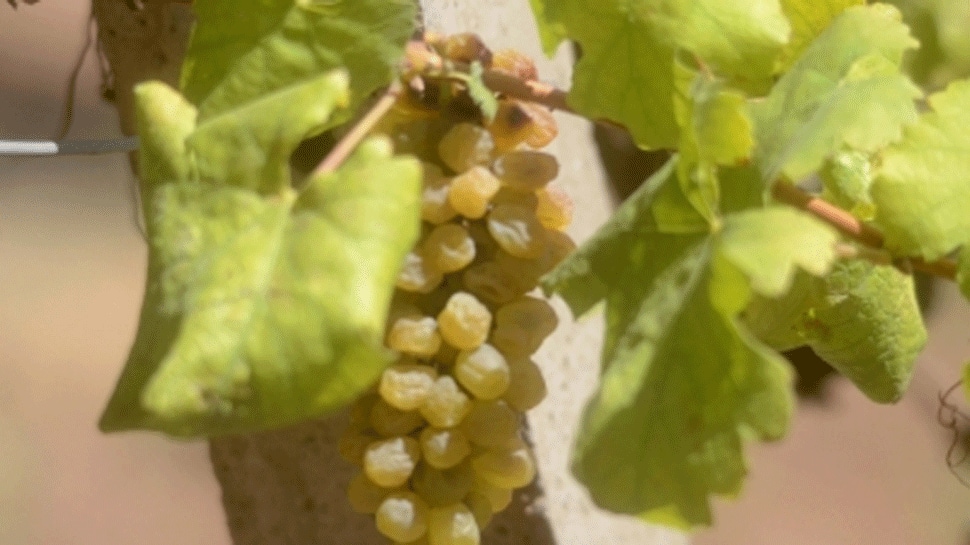The signature cherry blossoms in Washington, D.C., have arrived early after a warm winter, matching the second-earliest peak bloom in more than a century of record-keeping.
“PEAK BLOOM! PEAK BLOOM! PEAK BLOOM! Did we say PEAK BLOOM?!” the National Park Service announced on Sunday, trumpeting the arrival of the delicate flowering.
“The cherry blossoms are popping!” the Park Service said. “Gorgeous clouds of white and pink blossoms ring the Tidal Basin, creating a splendid spring spectacle. Come enjoy the beauty.”
More than 1.5 million people descend on the Tidal Basin, a reservoir wedged between the National Mall and the Potomac River, each spring to meander among the hundreds of the Japanese flowering trees as they burst into color, usually around the end of March.
The Park Service had originally estimated that Washington’s cherry blossoms would reach full blossom on March 23. But after an unusually warm winter, the trees reached peak bloom — in case the Park Service statement wasn’t clear enough — early.
About a week early, to be precise.
The flowers usually burst forth between the last week of March and the first week of April, according to the Park Service. Peak bloom is defined as the moment when 70 percent of the blossoms on the trees surge open.
But nature can mess with the predictability of the unfurling.
Temperatures that are warmer than normal or cooler than usual have shifted the timeline over the years. The earliest peak bloom since 1921, when record-keeping began, was in 1990, when it arrived on March 15.
Peak bloom has come as late as April 18, in 1958, two months after more than 14 inches of snow fell in the Washington area followed by a nor’easter on March 21, National Weather Service figures show.
Temperatures were above average in the first three months of this year, meteorology data shows, driving an early bloom that matched the second-earliest recorded peak bloom, on March 17, 2000.
But this is the fastest that the blossoms have gone through the five stages of the bloom cycle, and a warming climate has been a factor, Mike Litterst, a spokesman for the Park Service, said in an interview on Monday.
“The warmer it is, the faster the trees will blossom,” he said.
The Park Service predicts the great blossom reveal its so-called bloom watch, as its horticulturists record signs of buds and florets as they develop, emerge and extend. The Trust for the National Mall has installed a “bloom cam” that monitors the trees and picks up the slow strolling of visitors along the sun-dappled walkways beneath the flower-laden boughs.
The scrutiny is of little surprise considering the narrow window for visitors to experience the blooms in their full glory. The trees typically bloom for several days, but cool weather can extend the length of the bloom. Rainy or windy days can bring an abrupt end to the ephemeral blossoms.
A late frost can prevent the trees from blooming at all, the Park Service said.
On social media, where the cherry blossoms are a popular feature, would-be visitors traded hopes of getting to Washington in time now that the peak had come earlier than the March 23 projection.
The Park Service announced last week that about 140 of the cherry trees will be chopped down starting in May in preparation for the construction of taller sea walls to protect the area around the Jefferson Memorial. There are 3,800 cherry trees around the Tidal Basin and in the adjoining West Potomac Park.














































